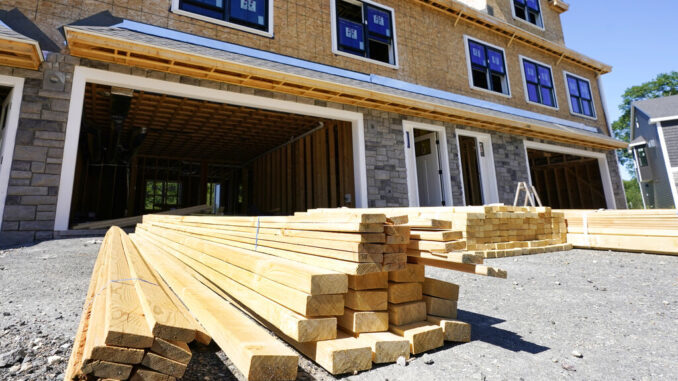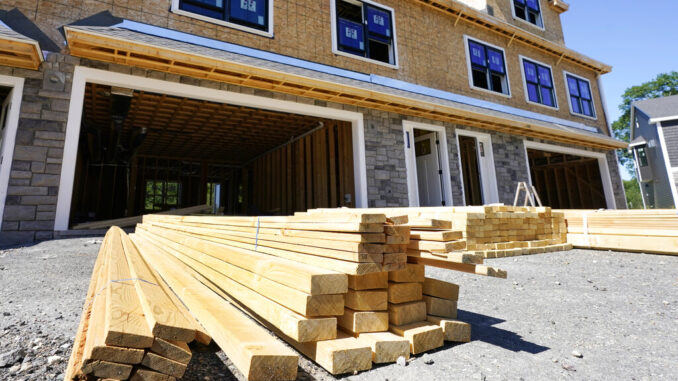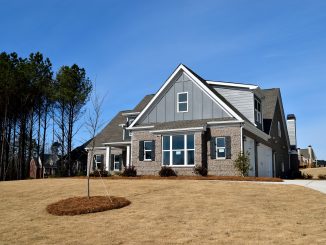

Wood costs have skyrocketed over the last year, leaving would-be home renovators to choose between waiting in price purgatory or moving forward and possibly overpaying.
Lumber mills incorrectly predicted that the housing market would crumble under the weight of the pandemic rather than boom as it did, says David Logan, senior economist with the National Association of Home Builders .
That “fatal mistake,” as Logan calls it, led to a supply-demand mismatch that by May of this year had driven the cost of lumber from mills to quadruple what it was in April 2020, according to data from Fastmarkets Random Lengths , a wood products industry trade publication.
As of mid-July, lumber prices dropped to only double their spring 2020 levels, but whether the decline will continue and when lower prices will reach homeowners isn’t yet clear, Logan says.
Here are tips to navigate a home remodel when wood costs are through the roof.
MAKE ROOM FOR VARIABILITY
The recent price dip may seem like a positive sign, but Logan likens a home remodeler’s dilemma to that of a homebuyer: There’s no telling when the time will be right.
“Trying to time the market is likely to cause more angst than having the certainty of getting things underway,” he says.
Logan says if he were renovating, he’d move forward with a large renovation, like a kitchen upgrade or room addition.
If a project requires months of planning and waiting, build room for price and timeline changes into your contract, says Ethan Landis, principal at Landis Architects/Builders in Washington, D.C . That way, you won’t overpay if prices drop before your contractor starts buying, but you can still delay if the project will be too expensive.
SEARCH FOR ALTERNATIVES, PLAN FOR SCARCITY
If a small DIY or good-to-great update could wait a few months, Logan says he’d take the gamble and wait for wood to become more affordable.
“Knowing perfectly well that prices could be higher by the time I do it,” he says.
In the meantime, search for recycled, reclaimed or alternative materials.
Ty Lindgren, a shift leader at a food and beverage manufacturing company in Olympia, Washington , brought home leftover wood pallets from work to build a playhouse for his kids.
He estimates that using the pallets instead of high-priced two-by-fours lowered the project’s cost from $1,000 to about $100.
If you don’t have access to extra, unclaimed wood, you can buy it.
Habitat for Humanity’s ReStore has over 900 locations , many of which sell recycled wood or wooden items you can rehabilitate or convert into something like shelving. Some locations let you browse their inventory online.
Your local lumber or flooring liquidator may have enough wood to redo the flooring in a small room or on a single floor of your home, says Rebekah Hernandez, a Dallas-based interior designer.
“You can’t be picky, because there’s not many options, but they’re out there,” she says.
PUT AFFORDABILITY FIRST
If you choose to delay the project to wait for lower prices or to save up, Hernandez says small changes like a new rug, decorative pillows and updated art may be enough for now.
“All of those things, although they’re subtle and minor changes, they do ultimately contribute to just making you feel happier and better about your space,” she says.
Out-of-pocket is always the least expensive way to pay for a renovation. But finance the project only if you can get a low interest rate and affordable monthly payments, says Larry Pershing, a Chicago-based certified financial planner.
Pershing says home equity lines of credit have low rates, and you can draw on the money usually over a 10-year period. This means you can borrow as much as you need up to your limit whenever you need it if a large project has unpredictable costs and timelines.
An FHA 203(k) loan lets homebuyers combine the costs of a fixer upper and renovations into a single mortgage . Pershing recommends them for homebuyers who don’t have much equity yet.
A home improvement loan will quickly provide project funds, and you can often pre-qualify to estimate your monthly payments and interest costs.
With a lump-sum financing option like a personal loan, try to have a final price tag in mind. If lumber prices increase, you can’t go back and borrow again.



